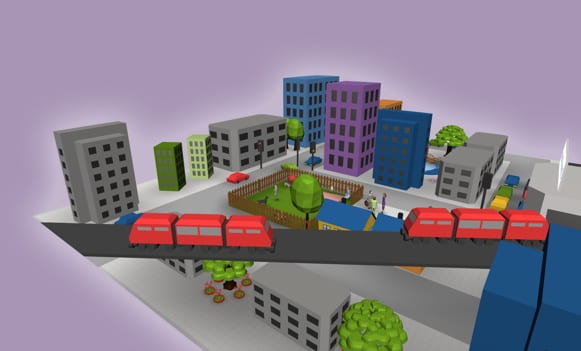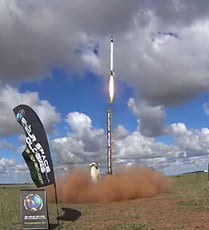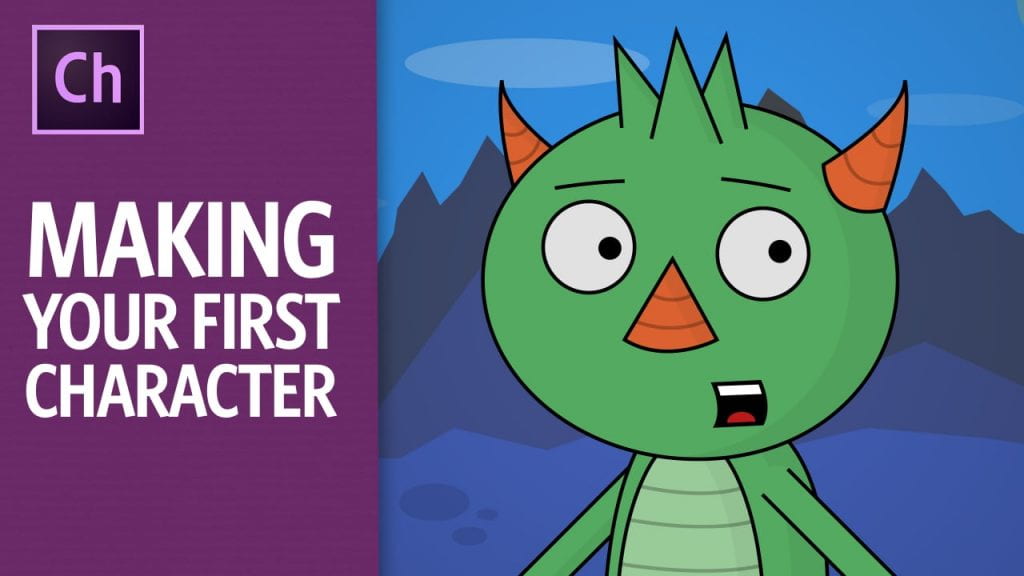
Creating a virtual world with cospaces
Whist most teachers are justifiably putting their feet up after a hard term, some crazy tech teachers have been attending the 2019 QSITE Creativity Conference on the Gold Coast. Special events like this provide opportunities to cover the latest and greatest; and to come away motivated to try something different.

An earlier Gilmour launch
One of the passions of QSITE President Jason Zgami is that education makes connections with industry. This was evident through the keynote speakers that were selected. Did you know that we actually have a rocket technology company based here on the Gold Coast? Hearing about the Gilmour Space Industries story and progress through James Gilmour was amazing. To think that there are jobs in this field locally is incredible! We learned about their focus on rocket engine manufacture, their invention of a mobile rocket launcher and legal challenges around space debris.
Similarly, we have an industry leader in holograms here. Euclideon (who placed 2nd recently in the Shenzhen Innovation and Entrepeneurship Competition) shared their vision for the future of hologram tech. They see holograms as being a significant technology across many industries. They have exported their industry leading technology to the French railway, the Tokyo Traffic Authority and Leica.

The creature from Pitch Black
An unusual feature of this conference was that we enjoyed a couple of excursions. Attendees were able to choose between John Cox’s Monster Workshop; and the rocketry centre. Being with the creative team, I was privileged to attend the monsters. Wow, this was absolutely fascinating and thoroughly enjoyable. Later, we all visited Holoverse, the tourist attraction operated by Euclideon.
Having an interest in indigenous history, it was particularly impressive sharing in the journey of Brett Leavy from Bilbie Virtual Labs. This organisation is responsible for creating incredible Virtual Reality environments where users become immersed in traditional customs, in real locations such as Brisbane in a simulated environment. In a gamified scenario, users play the role of a hunter or a creature being hunted. It thus becomes an amazing learning experience teaching all Australians about traditional values, customs and history.
The conference offered 3 themes over the two days. They include: Virtual Reality; Robotics; and Digital Solutions. This was an inspired way to manage the conference as users could choose the theme that most interested them. Each theme offered its own mini-keynotes and hands-on workshops.
Being able to trial new technology is always valuable. You gain an appreciation for the concept on offer and are able to consider its value for your own teaching scenario. Having now trialed Cospaces and Virtual Reality, I feel inspired to see where it can take me. Other workshops included: Airblock drones, Lego robotics and Digital Solutions.
All the speakers had much to offer and share during this event. There is always someone who delivers the lighter side. For this conference it was Dr Tim Kitchen. Delivering a keynote on Creativity, Tim introduced us to Rob the Robot. He delivered his important message about creativity with confidence, wit and enthusiasm.

Adobe Character Animator is cool!
Well done QSite for a great event!


